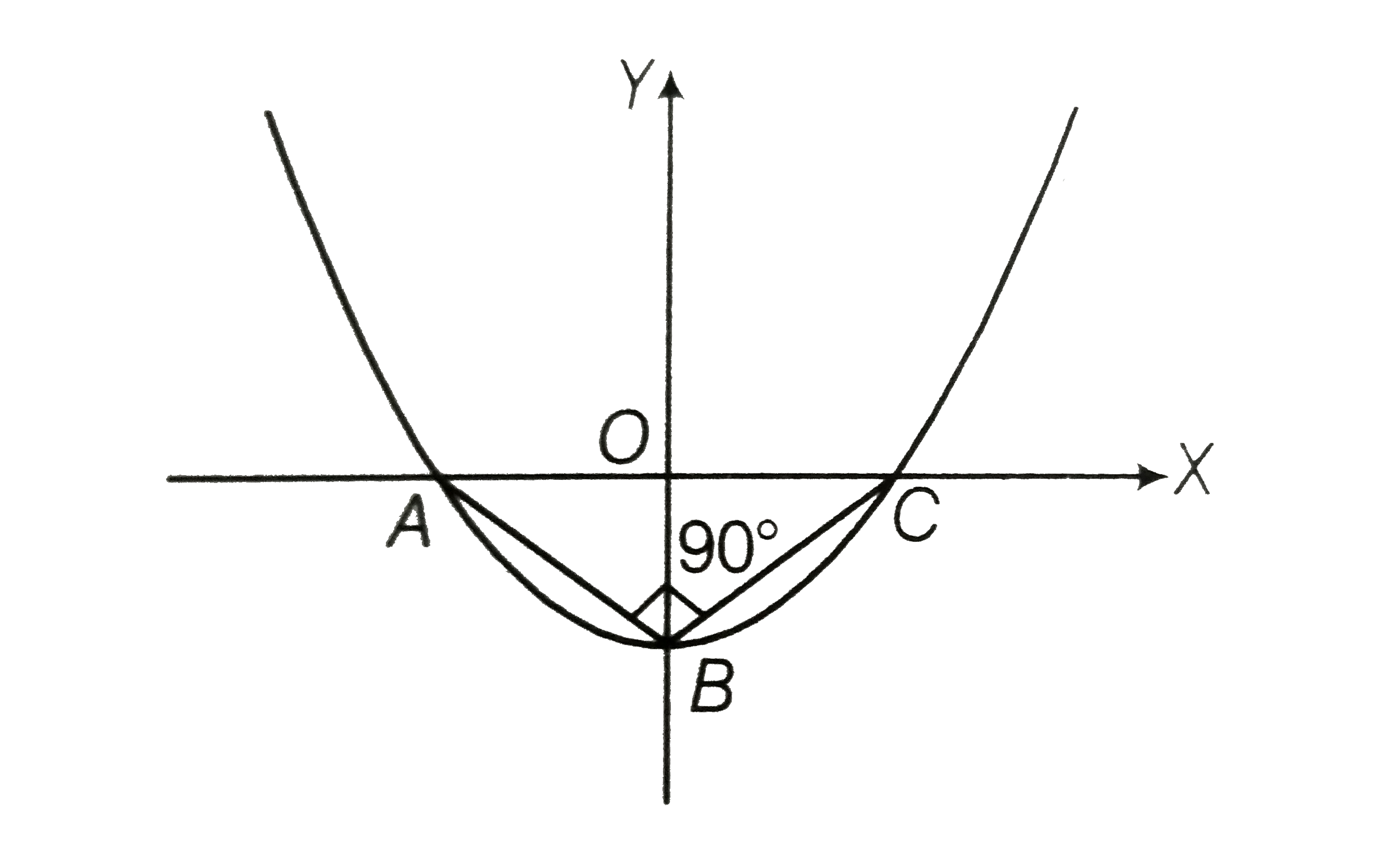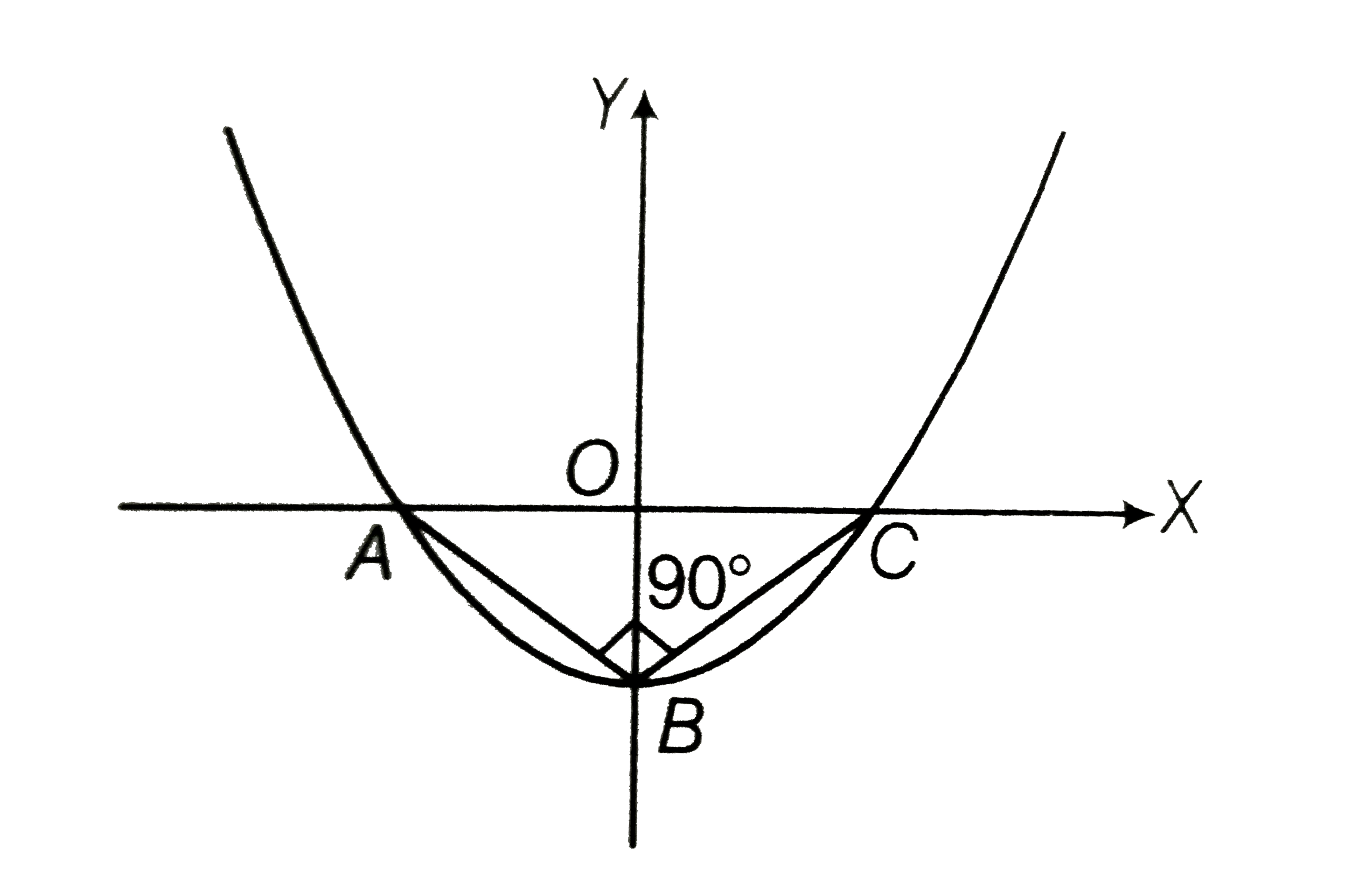Complete Solutions to Exercise (Passage Based Questions) of chapter THEORY OF EQUATIONS of Class 12 book with complete answers and questions
| Class 12 | MATHS |
| Chapter | THEORY OF EQUATIONS |
| ARIHANT MATHS | Exercise (Passage Based Questions) |
| Number Of Questions | 21 |
| Academic Year | 2023-24 |
If G and L are the greatest and least values of the expression`(2x^(2)-3x+2)/(2x^(2)+3x+2), x epsilonR` respectively.
The least value of `G^(100)+L^(100)` is
(a) `2^(100)` (b) `3^(100)` (c) `7^(100)` (d) none of these
View SolutionIf G and L are the greatest and least values of the expression`(2x^(2)-3x+2)/(2x^(2)+3x+2), x epsilonR` respectively.
G and L are the roots of the equation
View SolutionIf G and L are the greatest and least values of the expression`(2x^(2)-3x+2)/(2x^(2)+3x+2), x epsilonR` respectively. If `L^(2)ltlamdaltG^(2), lamda epsilon N` the sum of all values of `lamda` is
View SolutionIf the roots of the equaion `x^4-12 x^3+c x^2+dx+81=0` are positive then the value of c is The value of d is. Roots of the equation 2cx+d=0 is
View SolutionIf the roots of the equaion `x^4-12 x^3+c x^2+dx+81=0` are positive then the value of c is The value of d is. Roots of the equation 2cx+d=0 is
View SolutionIf the roots of the equaion `x^4-12 x^3+c x^2+dx+81=0` are positive then the value of c is The value of d is. Roots of the equation 2cx+d=0 is
View SolutionIn the given figue vertices of `DeltaABC` lie on `y=f(x)=ax^(2)+bx+c`. The `DeltaABC` is right angled isosceles triangle whose hypotenuse `AC=4sqrt(2)` units.

`y=f(x)` is given by
View SolutionIn the given figue vertices of `DeltaABC` lie on `y=f(x)=ax^(2)+bx+c`. The `DeltaABC` is right angled isosceles triangle whose hypotenuse `AC=4sqrt(2)` units.

Minimum valueof `y=f(x)` is
View SolutionIn the given figue vertices of `DeltaABC` lie on `y=f(x)=ax^(2)+bx+c`. The `DeltaAB` is right angled isosceles triangle whose hypotenuse `AC=4sqrt(2)` units.

Number of integral value of `lamda` for which `(lamda)/2` lies between the roots of `f(x)=0`, is
View SolutionLet `f(x) = x2 + b_1x + c_1. g(x) = x^2 + b_2x + c_2`. Real roots of `f(x) = 0` be `alpha, beta` and real roots of `g(x) = 0` be `alpha+gamma, beta+gamma`. Least values of `f(x)` be `- 1/4`Least value of `g(x)` occurs at `x=7/2`
View SolutionLet `f(x) = x2 + b_1x + c_1. g(x) = x^2 + b_2x + c_2`. Real roots of `f(x) = 0` be `alpha, beta` and real roots of `g(x) = 0` be `alpha+gamma, beta+gamma`. Least values of `f(x)` be `- 1/4`Least value of `g(x)` occurs at `x=7/2`
View SolutionLet `f(x)=x^(2)+bx+c` and `g(x)=x^(2)+b_(1)x+c_(1)` Let the real roots of `f(x)=0` be `alpha, beta` and real roots of `g(x)=0` be `alpha +k, beta+k` fro same constant `k`. The least value fo `f(x)` is `-1/4` and least value of `g(x)` occurs at `x=7/2` The roots of `g(x)=0` are
View SolutionIf `ax^2-bx + c=0` have two distinct roots lying in the interval `(0,1); a, b,in N`, then the least value of a , is
View SolutionIf `ax^(2)+bx+c=0` have two distinct roots lying int eh interval `(0,1),a,b,c ` ` epsilon N` The least value of `b` is
View SolutionIf `ax^(2)-bx+c=0` have two distinct roots lying in the interval `(0,1),a,b,c Epsilon N` The least value of `log_(5)abc` is
View SolutionIf `2x^(3)+ax^(2)+bx+4=0` (a and b are positive real numbers) has three real roots.
The minimum value of `a^(3)` is a. 108 b. 216 c. 432 d. 864
View SolutionIf `2x^(3)+ax^(2)+bx+4=0` (a and b are positive real numbers) has three real roots.
The minimum value of `b^(3)` is a. 108 b. 216 c. 432 d. 864
View SolutionIf `2x^(3)+ax^(2)+bx+4=0` (a and b are positive real numbers) has three real roots.
The minimum value of `(a+b)^(3)` is
View SolutionIf `alpha, beta, gamma` are the roots of the equation `x^(4)+Ax^(3)+Bx^(2)+Cx+D=0` such that `alpha beta= gamma delta=k` and A,B,C,D are the roots of `x^(4)-2x^(3)+4x^(2)+6x-21=0` such that `A+B=0`
The value of `C/A` is
View SolutionIf `alpha, beta, gamma, delta` are the roots of the equation `x^(4)+Ax^(3)+Bx^(2)+Cx+D=0` such that `alpha beta= gamma delta=k` and A,B,C,D are the roots of `x^(4)-2x^(3)+4x^(2)+6x-21=0` such that `A+B=0` The value of `(alpha+beta)(gamma+delta)` is terms of B and `k` is
View SolutionIf `alpha, beta, gamma` are the roots of the equation `x^(4)+Ax^(3)+Bx^(2)+Cx+D=0` such that `alpha beta= gamma delta=k` and A,B,C,D are the roots of `x^(4)-2x^(3)+4x^(2)+6x-21=0` such that `A+B=0`
The correct statement is
View Solution
Exercise (Passage Based Questions) questions and complete solutions for chapter THEORY OF EQUATIONS of ARIHANT MATHS (ENGLISH) of Class 12
All Exercises from ARIHANT MATHS Class 12 MATHS THEORY OF EQUATIONS
- Examples
- Exercise (Matching Type Questions)
- Exercise (More Than One Correct Option Type Questions)
- Exercise (Passage Based Questions)
- Exercise (Questions Asked In Previous 13 Years Exam)
- Exercise (Single Integer Answer Type Questions)
- Exercise (Single Option Correct Type Questions)
- Exercise (Statement I And Ii Type Questions)
- Exercise (Subjective Type Questions)
- Exercise For Session 1
- Exercise For Session 2
- Exercise For Session 3
- Exercise For Session 4
- Exercise For Session 5
- MATCH TYPE
- SCQ_TYPE